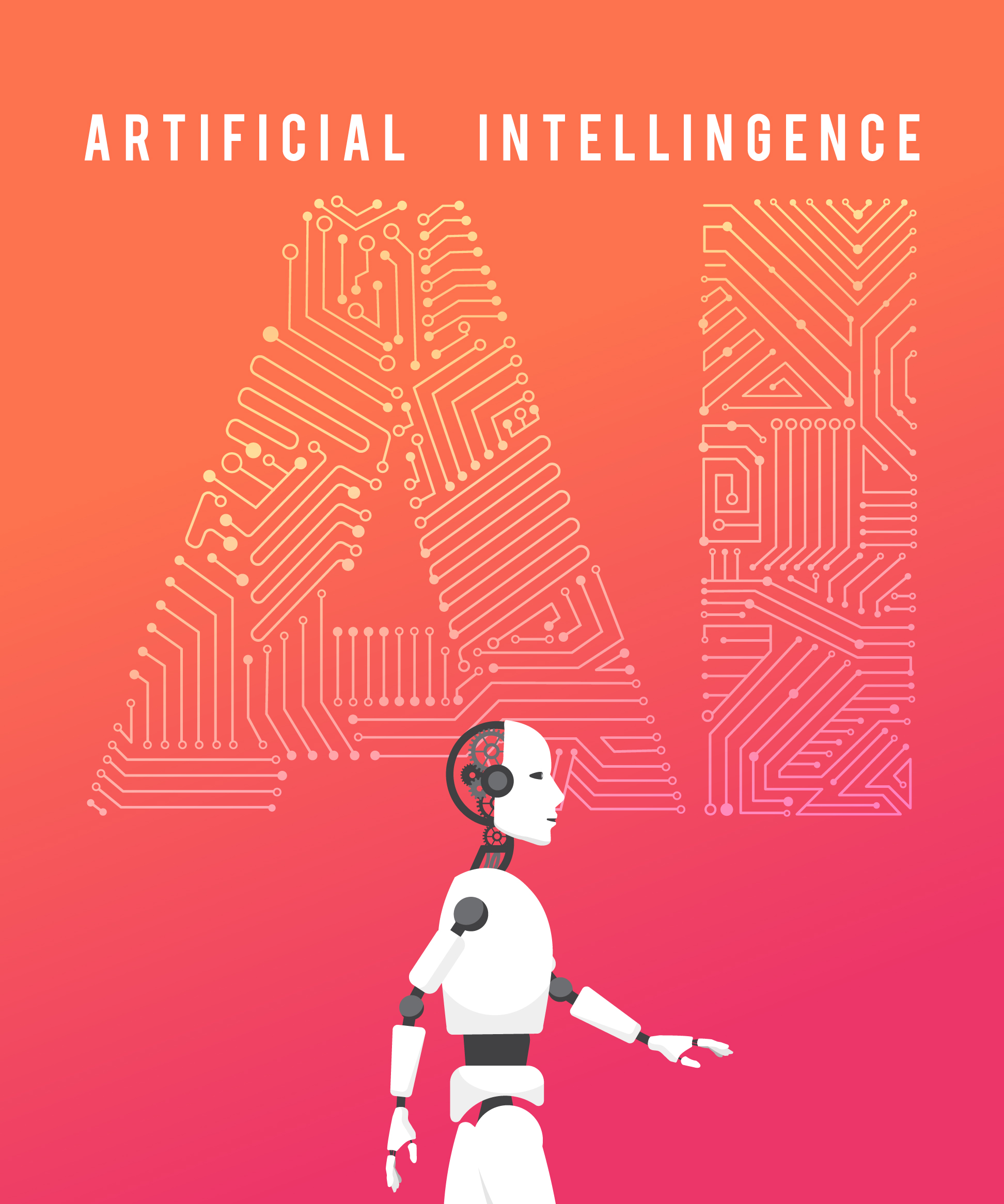
Impact of Artificial Intelligence on QA Automation
Impact of Artificial Intelligence on QA Automation
By Lisette Zounon, CSM-CSP, CAL1, DTM
In the past ten years, most QA automation tools provide QA engineer opportunities to create test automation, but we still lack in some areas such as efficiency in execution, reusability of the test cases, and fast update. Manual testing may take a long time whenever a break in the script occurs. QA automation has room for improvement to enable fast error detection. At its core, Machine Learning is a pattern-recognition technology—it uses patterns identified by your machine learning algorithms to predict future trends.
Artificial intelligence is becoming very crucial in information technology. In the last few years, software automation has been experimenting with AI and machine learning. Below we are going to detail some of the benefits of AI-based tools.
- Determine the benefits of using AI-based tool
- Visual validation testing
Visual testing is about verifying if the visual aspects of the application seem appropriate to the end-users. Visual bugs are usually rendering issues. Because of the accuracy of AI-powered automated visual testing, they can be deployed in more than just functional and visual testing. AI-powered visual testing tools are crucial to validating any application that requires a constant change in content and format.
- Test APIs
Artificial intelligence-enabled API testing provides a leap forward in productivity and efficiency. You can capture all the steps in one set. With AI-enabled API, you can define something once and lock it in in a smart test template and share that template across a large body of testers. It helps to manage and understand the full API inventory. Users can benefit by adding machine learning to automate API test creation by bringing consistency and coverage to their efforts.
- Self – healing of automated tests
There is a need for a system to detect break and fix automatically without human intervention. The automated test requires a lot of maintenance when you have an application that changes frequently. Self-healing or auto-healing is used to help adapt to any minor changes, so the tests keep working. Every time, tests are run, it interacts with an element; it collects element attributes that it uses to find the element next time and track change over time. The test could track many attributes such as text, CSS Classes, data, and other information like location and size on the page. Any test step that interacts with an element on the page can be auto healed.
AI-enabled automation to provide some more intangible value to QA testers. AI allows your tests to be reliable because your tests can now adapt to develop changes. AI is not here to take over quality assurance, but it is more to allow the quality engineer to become more productive and focus on what QA does best.
Some of the advantages, AI have proven are:
- Improve test cases creation
- Improve quality gates
- spot duplicate errors and new errors in code changes
- Create more reliable automated tests
I have the opportunity to experience and use QA systems with functional testing and with load testing, both leveraging artificial intelligence. Below is a summary of one case study among many of using AI-based automation tool.
- Summary of the successful case study of using AI-based tool
Problem
This high performing agile team has been working together over 10 months on building a new site with various services for the customers. They had met the initial deadline after all the hard work to make the customers happy. But now they have a huge backlog of features that the customer expects them to deliver in the next six months. The team concern is mostly around ensuring the new features, new code release does not break existing functionalities that the customers have come accustomed to enjoying. The only QA team member in this agile team has created over 1100 test cases to successfully tests all the features of this site. QA team member usually takes 2-4 days, three days on average to run all the regression test cases after each code release in one environment. The goal is to ensure fast delivery, fast error detection from one environment to another, and finally fast feedback from the happy customers.
Solution
QA Leadership took charge of this problem and went out to look for a tool that can help solve this challenge and ensure fast delivery, fast error detection, and fast feedback. We found an AI-based tool that the QA team member can leverage to solve this challenge. After speaking with the agile team and demoing this tool for them, they all got excited and plan time in their sprint cycle for QA to automate the regression suite. The QA analyst with no prior coding experience starts creating test cases in the AI-based tool with training. It took about 3-4 weeks for all these efforts in automating all the 1100 manual test cases.
Result
The execution of the 1100 automated test cases takes about 30 min to run successfully in one environment. These test cases are easily executed in another environment from QA to staging to production environments. QA team is now focused on sprint work items testing and can leverage the regression suite testing to quickly execute test cases. The team is able to leverage the test case automation in the CI/CD environment. This enables fast delivery of the new features, fast error detection and fast feedback to customers. The team now has a consistent execution of the same test cases in all environments.
- Return on Investment on the project and team happiness
The return on investment ROI on using AI-based tools in your QA automation is huge for your project and your team. Here are few that we know and have experienced:
-
-
-
- Embrace lifelong learning mindset
- High-quality software
- High-quality software
- Fast feedback loop to the customer
- Fast response to the issue
- Cross-functional team involvement
- Increase team confidence
- QA becomes a fun activity and no longer a bottleneck
- Team happiness increase and better team engagement
- Great teamwork and collaboration
-
-
References
https://support.smartbear.com/testcomplete/docs/testing-with/running/self-healing-tests.html
https://techwireasia.com/2019/07/what-is-self-healing-automation-and-why-is-it-important-to-devops/
https://applitools.com/blog/visual-testing/
https://www.parasoft.com/to-make-api-testing-easier-add-machine-learning-to-your-ai/
https://techbeacon.com/app-dev-testing/how-ai-changing-test-automation-5-examples
